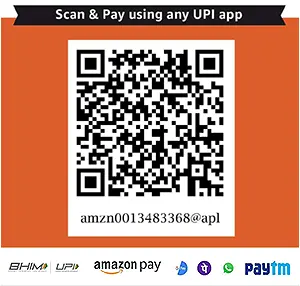Google Professional Architect
Learn Google GCP Professional Cloud Architect (PCA) Certification training in Pune India
 A Google Certified Professional - Cloud Architect enables organizations to leverage Google Cloud technologies. Through an understanding of cloud architecture and Google technology, this individual designs, develops, and manages robust, secure, scalable, highly available, and dynamic solutions to drive business objectives.
A Google Certified Professional - Cloud Architect enables organizations to leverage Google Cloud technologies. Through an understanding of cloud architecture and Google technology, this individual designs, develops, and manages robust, secure, scalable, highly available, and dynamic solutions to drive business objectives.
At the end of this training, you will be proficient in all aspects of enterprise cloud strategy, solution design, and architectural best practices.
Expected Outcomes:
- Learn the general principles of GCP
- Design and plan a cloud solution architecture
- Manage and provision the cloud solution infrastructure
- Design for security and compliance
- Analyze and optimize technical and business processes
- Manage implementations of cloud architecture
- Ensure solution and operations reliability
View Demo:
Key Features
Real-time 1 to 1 interaction
Download short notes
Global certification guidance
Get an attendance certificate

| Sr. | Details |
| 1 |
Designing and planning a cloud solution architecture1.1 Designing a solution infrastructure that meets business requirements. Considerations include:
1.2 Designing a solution infrastructure that meets technical requirements. Considerations include:
1.3 Designing network, storage, and compute resources. Considerations include:
1.4 Creating a migration plan (i.e., documents and architectural diagrams). Considerations include:
1.5 Envisioning future solution improvements. Considerations include:
|
| 2. |
Managing and provisioning a solution infrastructure2.1 Configuring network topologies. Considerations include:
2.2 Configuring individual storage systems. Considerations include:
2.3 Configuring compute systems. Considerations include:
|
| 3. | Designing for security and compliance3.1 Designing for security. Considerations include:
3.2 Designing for compliance. Considerations include:
|
| 4. | Analyzing and optimizing technical and business processes4.1 Analyzing and defining technical processes. Considerations include:
4.2 Analyzing and defining business processes. Considerations include:
4.3 Developing procedures to ensure reliability of solutions in production (e.g., chaos engineering, penetration testing) |
| 5. | Managing implementation5.1 Advising development/operation team(s) to ensure successful deployment of the solution. Considerations include:
5.2 Interacting with Google Cloud programmatically. Considerations include:
|
| 6. | Ensuring solution and operations reliability6.1 Monitoring/logging/profiling/alerting solution 6.2 Deployment and release management 6.3 Assisting with the support of deployed solutions 6.4 Evaluating quality control measures |
- Number of questions: 50 questions
- Duration: 2 hours
- Exam price: $200 USD (In India around $120 USD; for other countries it may vary.)
- Exam format: There are three types of questions on the examination
- Multiple choice: Has one correct response and three incorrect responses
- Multiple select: Has two or more correct responses out of given options
- Sample Case Studies: Case studies with single choice or multi choice questions
- Passing score: around 70%. It is believed that the passing score is around 70% but officially there is no disclosure on this and after the exam candidates are just informed whether they have cleared the certification or not (Pass or Fail)

Student Testimonials






